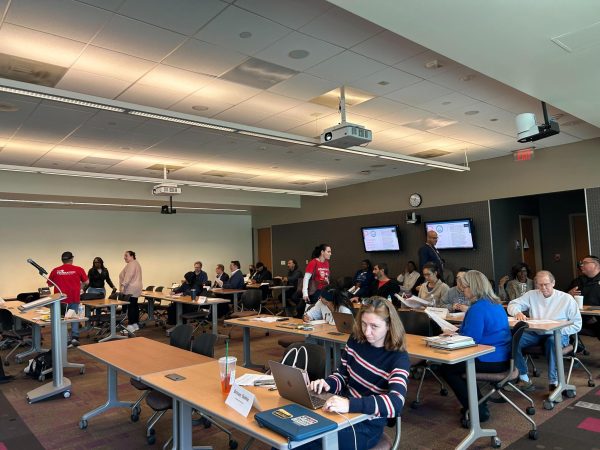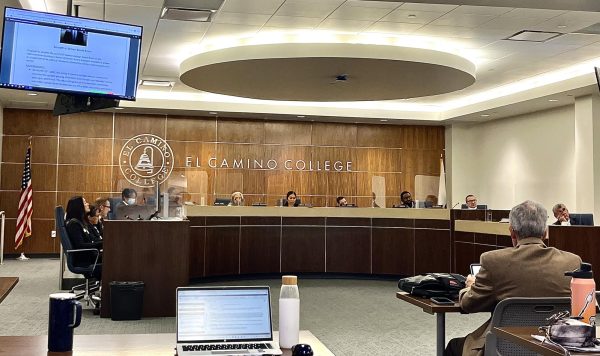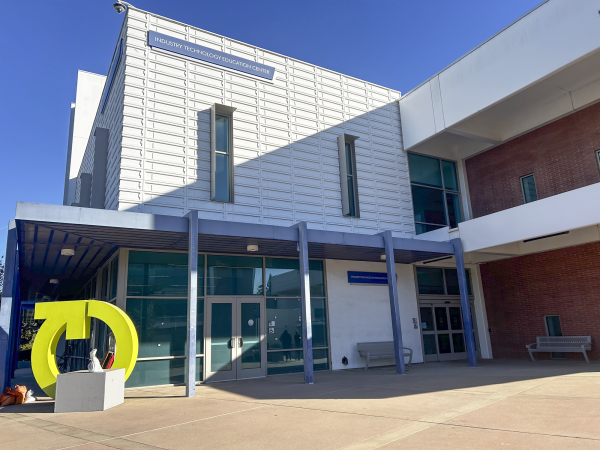Localism varies from beach to beach
Rumored outbreaks of violence and intimidation against unrecognized surfers can make shore breaks seem unfriendly to outsiders, but localism in the South Bay has more to it than simply keeping newcomers away: It’s about territory, safety and respect.
“Beginners can really get in the way of experienced surfers,” a Manhattan Beach lifeguard said. “Surfing is getting way too crowded now. Localism just comes from people wanting to get as many breaks as possible without anyone getting in their way.”
Fights rarely a problem
While certain degrees of localism do exist at the beaches just miles from campus, rarely is there violence or fights that break out among local beachgoers.
Surf photographer Jae Hauser says he has been surfing the South Bay for seven years and has not seen much violence.
“I think you more just hear the stories. I don’t know of many people who talk about it happening to them,” Hauser said.
He says that it ultimately depends on which beaches people try to surf at as to how welcome they will be since some beaches are more exclusive than others.
“At Torrance Beach anyone and their mother can surf there. It’s a wide open beach and there is not really anything to protect there anyway,” Hauser said.
Breakwall in Redondo Beach Hauser says, is not “totally localized,” but it can be limited to a group of regulars who have grown up surfing together.
“When it is good, there is a group of guys who surf there. It is like their spot. . . not like Torrance where everyone can surf. If it is good, you will get yelled at and there are fights there sometimes,” Hauser said.
Mike Ricci, business administration major, who surfs at Haggerty’s and Torrance, says that surfing requires respect for others in the water.
“At Haggerty’s, if you are going to go out on a day when there is any surf, you are going to hear someone yelling. It’s rare that anyone gets violent, but if people keep pushing and do not know how to back down, then they do,” Ricci said.
He says that surfing spots can be passed down through generations for people who have grown up surfing there.
“People who grew up surfing in a spot their whole lives (have it) deeply rooted and it does not help that the older people encourage it,” Ricci said. “It’s passed on; you surf with older people who are your buddies’ dads and it is tradition. This is your spot.”
Violence, he says, is more likely to happen in places where tight knit groups have grown up surfing together like Lunada Bay.
“Even if I moved up to Lunada Bay, I couldn’t just start surfing there; I’m not part of that group of guys who grew up surfing there. It would be pretty hard for me to earn their respect taking their waves; I guess you could do it, but it would be pretty hard,” Ricci said.
Lunada Bay’s waves are valued because they are what sufers call “point breaks,” the Manhattan Beach lifeguard said. They are bigger and longer and allow experienced surfers to do more turns and tricks on them.
“Beach breaks” are ones found in Manhattan Beach, where the waves are much shorter and straighter.
“The place for beginners is here,” the lifeguard said, as he pointed along the Manhattan Beach shoreline. “It’s all open for anybody, and beginners should stick to beach breaks anyway.”
“Manhattan Beach is pretty mellow. I haven’t heard of anyone getting kicked out of the water,” the lifeguard said. “It’s in P.V. where you hear about the localism.”
Lunada Bay is infamous to locals as an extremely exclusive spot due to some incidents-turned-to-urban-legends that got circulated among local sufers.
One incident was of a father and son’s scuffle with a group of surfers at Indicator, a surf spot next to Lunada Bay in Palos Verdes.
The fight ended when Tommy Banas, 19, at the time, threw a large rock at a sufer’s head to break up the fight between the surfer and his father Tim.
Although the incident happened more than three years ago in January 2002, it’s still a well-known story often heard among surfers.
However, incidents like those are one-of-a-kind and rarely happen.
“There haven’t been any reports of disturbances in Lunada Bay in the past year,” Mark Valez, Palos Verdes police chief, said. “Even the incident with the father and son years ago wasn’t done by P.V. locals.”
Courtesy is important
Respect is a major part of surfing, says James Petitfils, graduate student, and people’s lack of respect is what often causes localism to become violent.
“Surfing is a very personal thing and just like any personal thing, people need their space. When they feel like their space is being crowded in by people outside of their regular company, basic instincts begin to kick in,” Petitfils said.
Surf etiquette, he says, is important for everyone in the water.
“When anyone begins surfing when they are very young, they quickly learn etiquette and courtesy, but when people who begin to surf later in life and think that they can just paddle out anywhere they want, they tend to stoke the anger of those who grew up surfing a certain spot,” Petitfils said.
Petitfils said that once a surfer understands how to respect others at a break and is capable in the waves, he can successfully venture into more localized areas, especially if he or she knows a regular there.
“Generally, the rule is if you want to surf a spot that is kind of moody, you paddle out alone. . . do not bring a bunch of people and let the guys who have surfed there their whole lives get enough waves, or get the waves they want, for the most part,” Petitfils said. “It is just like bowling or golf or any other sport where there is etiquette involved.”
Anthony Palazzolo, El Segundo High School senior, says that he surfs anywhere, but he is a local at El Porto.
“I have been surfing El Porto ever since I was ten,” Palazzolo said. “And I have got a little crew of guys who all surf there pretty much every day; if it is good, we are always on it.”
Palazzolo says that he does not want anybody to get in his way when he is at El Porto and if they are rude he will take action.
“If they cut me off in a wave I usually just push them down. I will speed up to them and push them off the wave, or I will call them on it,” Palazzolo said.
Keeping the water safe
In a sense, localism is a matter of regulation to keep the water from getting overcrowded and too dangerous.
“Surfing is a lifestyle and it is a beautiful experience,” Palazzolo said. “But it is getting very popular and there are people who don’t quite understand what surfing is all about, so when those people are out in the water disrespecting, it is your obligation to do something about it.”
Self-declared “Old Dude” and surfer of more than 30 years, Val Gelineau says that discriminatory localism does exist, but what some would call localism others would call safety.
“I think localism exists at any beach, but it typically happens when inexperienced surfers go to a beach they are not familiar with,” Gelineau said.
As someone who says that he is not into defending one’s surf break, Gelineau will talk to people who are endangering themselves and others.
“I have paddled up to people and said you have really got to let the guy at the peak take the wave,” Gelineau said.
People tend to make more of localism than what really exists, Gelineau said, because “if it was really that bad you would be hearing about it all the time.”







